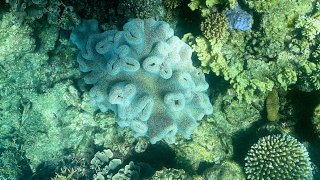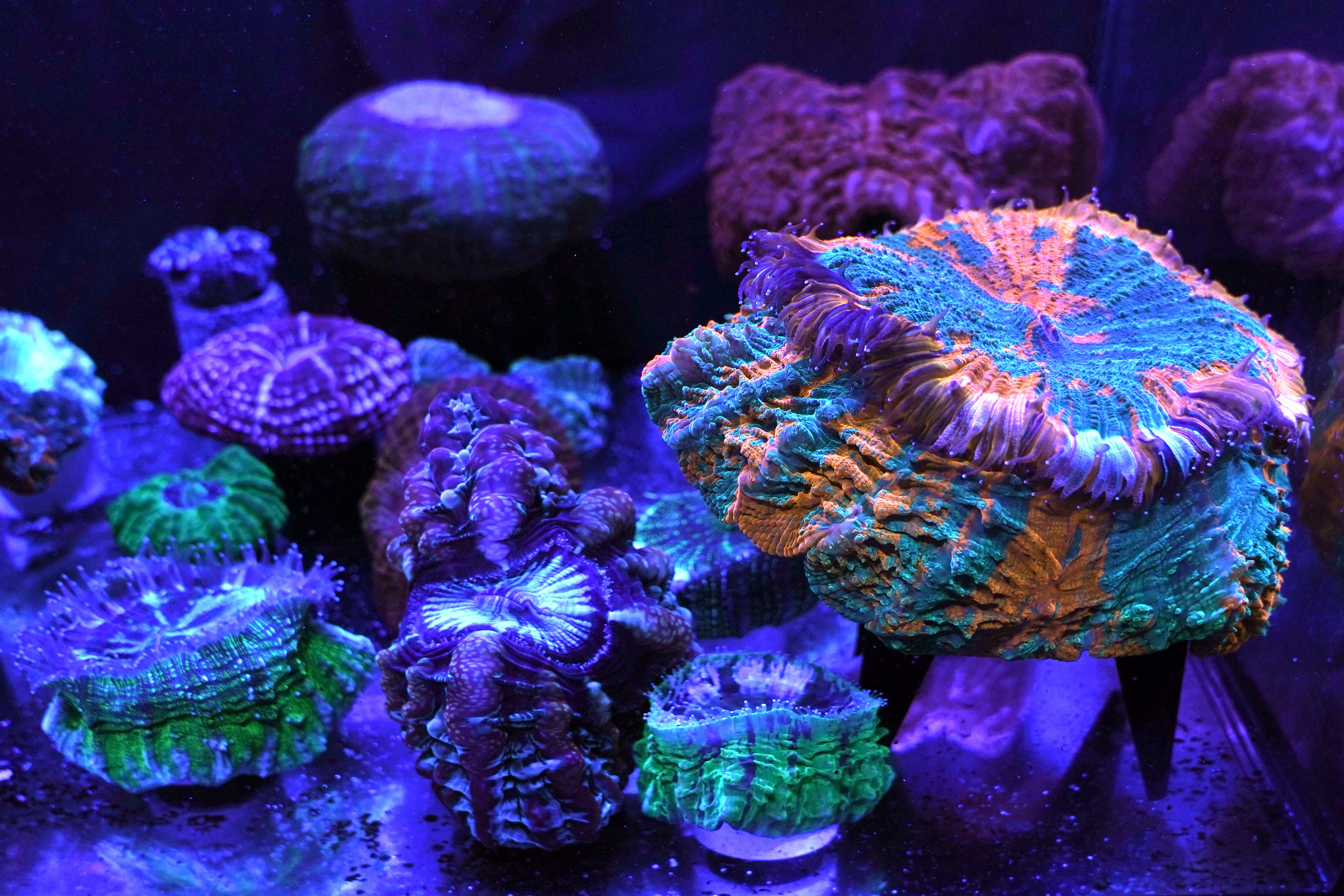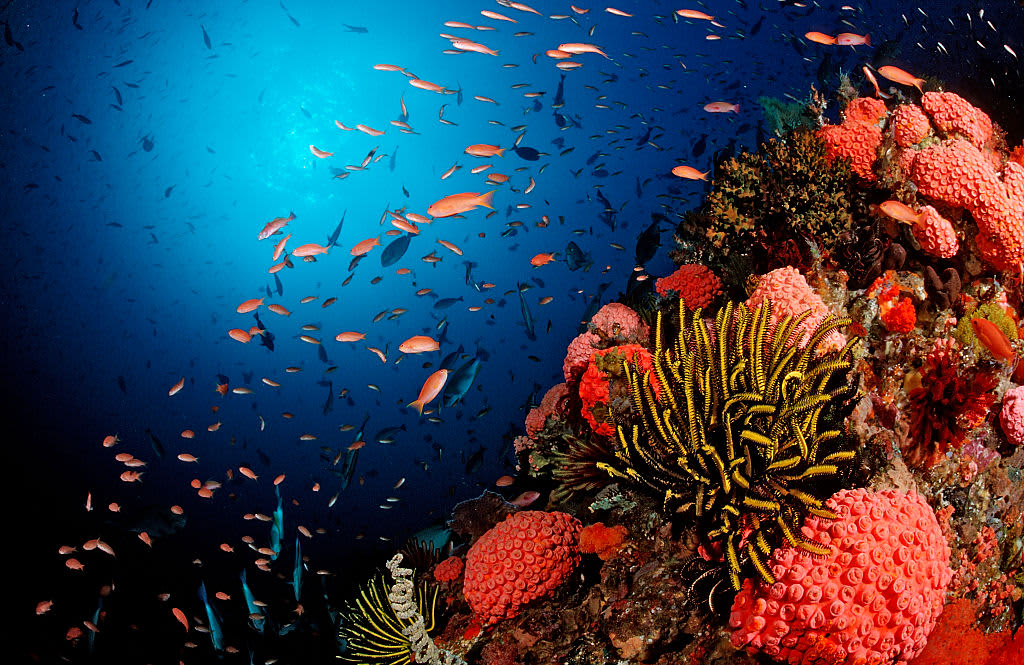
More than 90% of Great Barrier Reef coral surveyed this year was bleached in the fourth such mass event in seven years in the world’s largest coral reef ecosystem, Australian government scientists said.
Bleaching is caused by global warming, but this is the reef's first bleaching event during a La Niña weather pattern, which is associated with cooler Pacific Ocean temperatures, the Great Barrier Reef Marine Authority said in its an annual report released late Tuesday that found 91% of the areas surveyed were affected.
Bleaching in 2016, 2017 and 2020 damaged two-thirds of the coral in the famed reef off Australia's eastern coast.
Coral bleaches as a heat stress response and scientists hope most of the coral will recover from the current event, said David Wachenfeld, chief scientist at the authority, which manages the reef ecosystem.
We're making it easier for you to find stories that matter with our new newsletter — The 4Front. Sign up here and get news that is important for you to your inbox.
“The early indications are that the mortality won’t be very high,” Wachenfeld told Australian Broadcasting Corp. on Wednesday.
“We are hoping that we will see most of the coral that is bleached recover and we will end up with an event rather more like 2020 when, yes, there was mass bleaching, but there was low mortality,” Wachenfeld added.
More Coral Reefs Coverage
The bleaching events in 2016 and 2017 led to “quite high levels of coral mortality,” Wachenfeld said.
Last December, the first month of the Southern Hemisphere summer, was the hottest December the reef had experienced since 1900. A “marine heatwave” had set in by late February, the report said.
A United Nations delegation visited the reef in March to assess whether the reef’s World Heritage listing should be downgraded due to the ravages of climate change.
In July last year, Australia garnered enough international support to defer an attempt by UNESCO, the United Nations’ cultural organization, to downgrade the reef’s World Heritage status to “in danger“ because of damage caused by climate change.
But the question will be back on the World Heritage Committee’s agenda at its annual meeting next month.
The latest bleaching is an unwelcome reminder of the differences in climate change policy among Australian politicians.
The conservative government seeking reelection on May 21 has less ambitious emission reduction targets than the center-left opposition is promising.
Prime Minister Scott Morrison’s Liberal Party aims to reduce Australia's emissions by 26% to 28% below 2005 levels by 2030.
The opposition Labor Party has promised to reduce emissions by 43% by the end pf the decade.
Morrison was widely criticized at the U.N. climate conference last November for failing to set a more ambitious target.
The environmental group Greenpeace Australia Pacific said in a statement the extent of the latest bleaching was “another damning indictment of the Morrison government which has failed to protect the reef and exacerbated the problem through its support of fossil fuels.”



